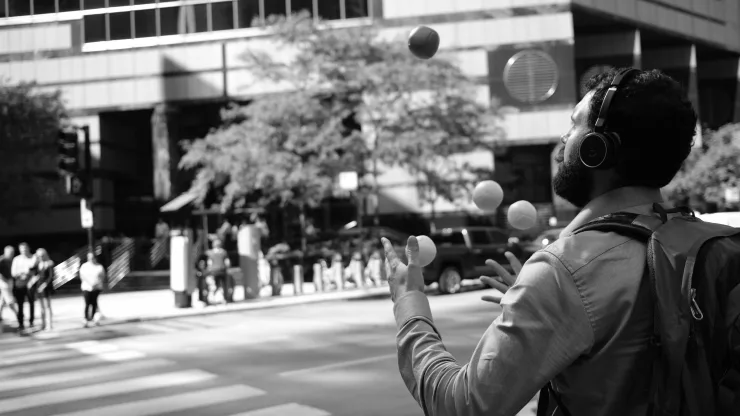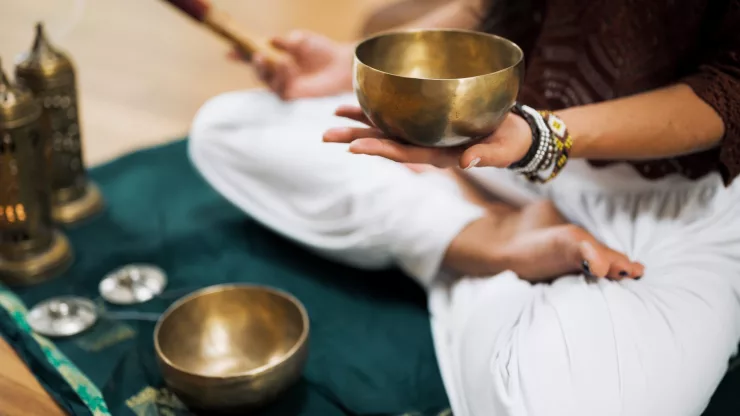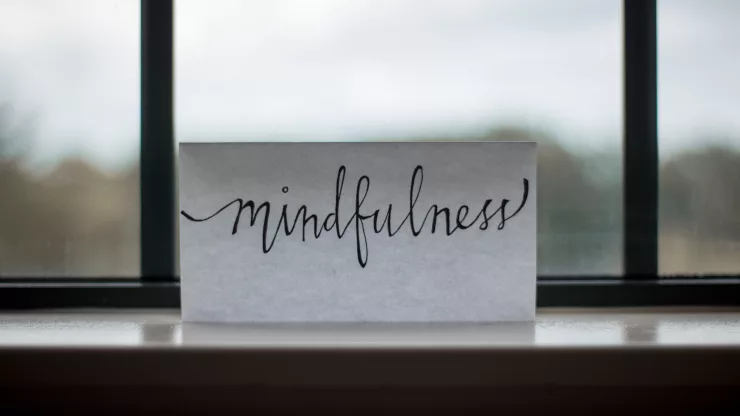Jump to Section
The Power of Meditation
Meditation has been practiced for thousands of years and has been shown to have numerous benefits for the mind, body, and soul. One of the most profound benefits of meditation is increased happiness.
By calming the mind and cultivating positive emotions, meditation can help you find inner peace and joy. In this article, we’ll explore different meditation techniques that can help you increase your happiness and well-being.
Benefits of Meditation for Happiness
Meditation has been shown to have numerous benefits for happiness, including:
- Reducing stress and anxiety
- Improving mood and emotional regulation
- Increasing feelings of well-being and contentment
- Enhancing self-awareness and self-acceptance
- Cultivating positive emotions like joy, gratitude, and compassion
By practicing meditation regularly, you can experience these benefits and increase your overall happiness and well-being.
Mindfulness Meditation: A Beginner’s Guide
Mindfulness meditation is a simple yet powerful technique that involves paying attention to the present moment without judgment. Here’s how to get started:
- Find a quiet and comfortable place to sit.
- Set a timer for your desired length of meditation.
- Close your eyes and focus on your breath.
- When your mind wanders, gently bring your attention back to your breath.
- Repeat for the duration of your meditation.
With regular practice, mindfulness meditation can help you cultivate a sense of calm and presence in your daily life.
Loving-Kindness Meditation: Cultivating Positive Emotions
Loving-kindness meditation is a practice that involves sending love and compassion to yourself and others. Here’s how to get started:
- Find a quiet and comfortable place to sit.
- Close your eyes and take a few deep breaths.
- Visualize someone you love and send them feelings of love and compassion.
- Repeat with other loved ones, acquaintances, and eventually all beings.
- Finally, send love and compassion to yourself.
By practicing loving-kindness meditation, you can cultivate positive emotions like love, compassion, and gratitude.
Body Scan Meditation: Connecting with Your Physical Self
Body scan meditation is a practice that involves bringing awareness to each part of your body. Here’s how to get started:
- Find a quiet and comfortable place to lie down.
- Close your eyes and take a few deep breaths.
- Bring your awareness to your toes and notice any sensations.
- Slowly move your awareness up your body, noticing sensations in each part.
- When you reach the top of your head, take a few deep breaths and relax.
By practicing body scan meditation, you can connect with your physical self and release tension and stress from your body.
Transcendental Meditation: A Deep Dive into Consciousness
Transcendental meditation is a technique that involves repeating a mantra to transcend the thinking process and access a deeper level of consciousness. Here’s how to get started:
- Find a quiet and comfortable place to sit.
- Close your eyes and take a few deep breaths.
- Repeat a mantra silently to yourself.
- When your mind wanders, gently bring your attention back to the mantra.
- Repeat for the duration of your meditation.
By practicing transcendental meditation, you can access a deeper level of consciousness and connect with your true self.
Walking Meditation: Finding Peace in Motion
Walking meditation is a practice that involves bringing awareness to each step you take. Here’s how to get started:
- Find a quiet and peaceful place to walk.
- Begin walking slowly and deliberately.
- Bring your awareness to your feet and notice the sensations as you take each step.
- Notice any thoughts or feelings that arise and gently bring your attention back to your breath and steps.
- Repeat for the duration of your walk.
By practicing walking meditation, you can find peace and stillness in motion and connect with nature.
Yoga and Meditation: A Perfect Pairing
Yoga and meditation are complementary practices that can enhance each other. By combining yoga postures with meditation, you can connect with your body and mind and find inner peace and joy.
Here are some tips for practicing yoga and meditation together:
- Begin your yoga practice with a few minutes of meditation.
- Bring awareness to your breath and movements during your yoga practice.
- End your practice with a few minutes of meditation and relaxation.
By combining yoga and meditation, you can enhance your physical and mental well-being and find inner peace and joy.
FAQ
What is the best time to meditate?
The best time to meditate is whenever works best for you. Many people find that meditating in the morning helps them start their day with a sense of calm and clarity, while others prefer to meditate in the evening to wind down and release stress from the day.
How long should I meditate for?
It’s up to you to decide how long to meditate for, but many people find that 10-20 minutes per day is a good starting point. As you become more comfortable with meditation, you can gradually increase the length of your sessions.
Can I meditate lying down?
Yes, you can meditate lying down, but be careful not to fall asleep. If you find that you’re falling asleep during your meditation, try sitting up or practicing a different technique.
Do I need to be religious to meditate?
No, you don’t need to be religious to meditate. Meditation is a secular practice that can be practiced by anyone, regardless of their beliefs or background.

With a deep passion for personal development, Ben has dedicated his career to inspiring and guiding others on their journey towards self-improvement.
His love for learning and sharing knowledge about personal growth strategies, mindfulness, and goal-setting principles has led him to create My Virtual Life Coach.
Contact Ben at [email protected] for assistance.




